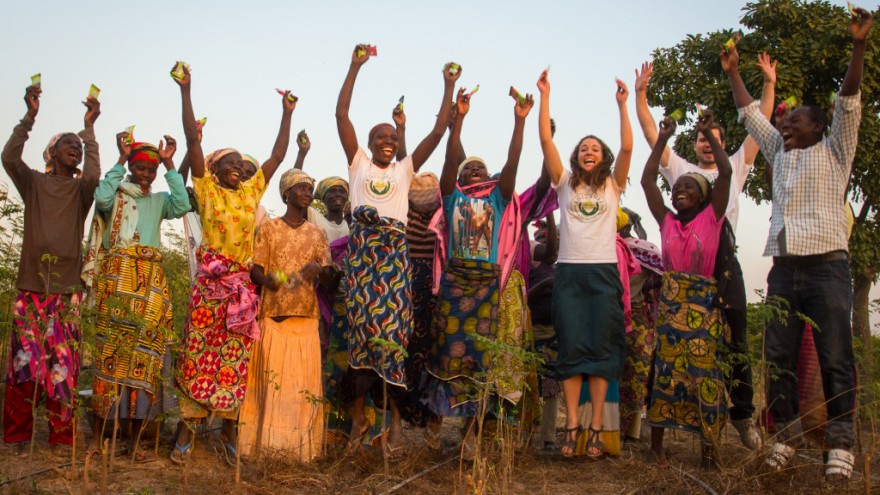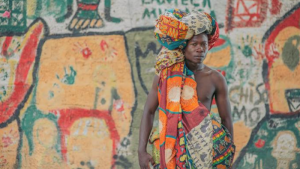From the Series
The Moringa tree has been used for centuries in both Asia and Africa, where it is indigenous, for its nutritional and healing properties. Today, Moringa has taken on a similar celebrity to quinoa and hibiscus tea with mainstream media hailing Moringa as "the miracle tree" and "the tree of life".
This shining recommendation came after research found that gram for gram, Moringa provides the human body with seven times more vitamin C than oranges, four times the vitaminA of carrots, four times more calcium than milk, three times more potassium than bananas, and twice the protein of yoghurt.
Zambia-based Imagine Rural Development Initiative (IDRI) established a group of ten women farmers to exclusively grow Moringa trees as a part of an income-generating project. The Moringa tree is a sustainable crop and one of the fastest growing biomasses on the planet. Moringa can be harvested 4 months after planting, and then every 60 days after that.
Furthermore, all parts of the Moringa tree are edible. The leaves and pods can be consumed fresh, or dried and powdered to lock in the health benefits and concentrate the beneficial nutrients.
Moringa supplements could have a revolutionary effect on hunger in Zambia where malnutrition rates are some of the worst in Africa.
Moringa has become so popular that American entrepreneur Lisa Curtis founded Kuli Kuli – a company that makes Moringa more palatable to the American through a number of products such as tea, bars and powder.










